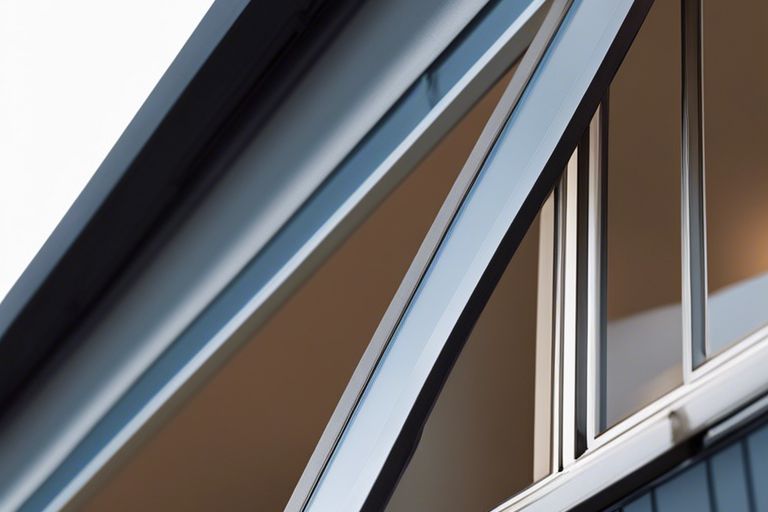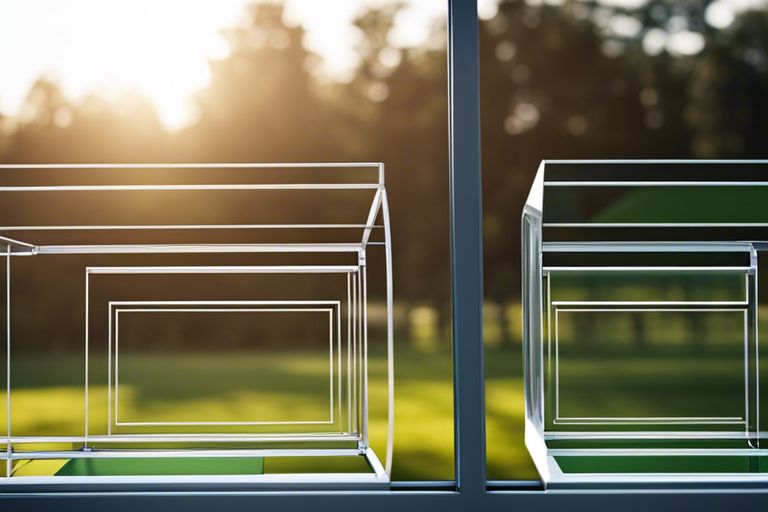When it comes to modern bridge design, curtain walling is a crucial element that not only enhances the aesthetic appeal but also plays a vital role in the structural integrity of the bridge. This innovative design technique involves the use of glass panels, metal frames, and cladding systems that are not only visually striking but also provide support and protection to the bridge structure. Understanding the structural principles behind curtain walling in bridge design is essential for engineers and architects to create safe, durable, and visually impressive bridges. This blog post will provide an insightful overview of how curtain walling is used in bridge design, highlighting its benefits and potential challenges that come with it.
Key Takeaways:
- Curtain walling plays a crucial role in bridge design by providing both aesthetic appeal and structural integrity.
- Materials used in curtain walling for bridges include glass, aluminium, and stainless steel to ensure durability and sustainability.
- Advanced design and engineering techniques are employed to create innovative and efficient curtain walling systems for bridges.

Fundamentals of Curtain Walling
Definition and History
Curtain walling is a non-structural cladding system for buildings, typically composed of lightweight materials such as glass, aluminium, or steel. This system is designed to resist air and water infiltration, as well as provide thermal insulation. The concept of curtain walling dates back to the early 19th century, where it was used primarily in commercial buildings to create a visually striking facade.
Over the years, there have been significant advancements in curtain walling technology, allowing for greater design flexibility and improved performance. The development of new materials and manufacturing techniques has enabled architects to push the boundaries of creativity while still meeting stringent structural requirements.
Materials and Construction Techniques
Curtain walling systems can be constructed using a variety of materials, with glass being the most common choice for its aesthetic appeal and transparency. Aluminium frames are often used due to their lightweight nature and durability. Advanced construction techniques, such as unitised construction, involve assembling large sections of the curtain wall in a factory-controlled environment before installing them on-site.
When choosing materials for curtain walling, it is crucial to consider factors such as thermal performance, acoustic insulation, fire resistance, and sustainability. The selection of materials and construction techniques will have a direct impact on the overall performance and longevity of the curtain wall system.

Role of Curtain Walling in Bridge Design
When it comes to the design of bridges, curtain walling plays a crucial role in not only enhancing the aesthetics but also impacting the environmental and structural aspects of the bridge. Curtain walling refers to the non-structural outer covering of a building or bridge made of lightweight materials, typically aluminium and glass. In bridge design, curtain walling offers numerous benefits that go beyond just the visual appeal.
Aesthetic Contributions
In bridge design, curtain walling can greatly enhance the visual appeal of the structure. The sleek and modern design of curtain walling can transform a bridge into an architectural masterpiece, creating a sense of elegance and sophistication. Additionally, the use of different materials, colours, and textures in curtain walling can add a unique character to the bridge, making it a focal point of the surrounding landscape.
Furthermore, the transparency of curtain walling allows for natural light to penetrate the bridge structure, creating a bright and inviting space for both pedestrians and motorists. This feature not only enhances the aesthetics but also improves the overall user experience of crossing the bridge.
Environmental and Structural Implications
Aside from its aesthetic contributions, curtain walling also has significant environmental and structural implications in bridge design. The lightweight nature of curtain walling reduces the overall dead load on the bridge, resulting in cost savings during construction and maintenance. Additionally, the use of energy-efficient materials in curtain walling can contribute to the overall sustainability of the bridge.
Moreover, the structural integrity of the bridge can be enhanced by utilising curtain walling as a protective barrier against harsh weather conditions, such as strong winds and heavy rainfall. This additional layer of protection can extend the lifespan of the bridge and minimise the need for frequent repairs, ensuring its long-term durability and safety.
Integration with Bridge Structural Systems
When incorporating curtain walling into bridge design, it is crucial to consider how it integrates with the overall structural system of the bridge. This integration is essential for ensuring structural integrity and efficiency in the design.
Load-Bearing Considerations
Incorporating curtain walling in bridge design requires careful evaluation of load-bearing considerations. The curtain wall system must be able to support its own weight as well as any additional loads such as wind and seismic forces without compromising the structural integrity of the bridge.
Moreover, designers need to coordinate closely with structural engineers to ensure that the curtain walling system is properly integrated into the overall bridge design. This coordination is essential to address any challenges that may arise during the design process and optimise the performance of the bridge as a whole.
Design Coordination and Challenges
One of the main challenges in integrating curtain walling into bridge design is ensuring that the structural systems work together cohesively. This involves meticulous planning and attention to detail to avoid any structural conflicts that could compromise the safety and performance of the bridge.

Maintenance and Longevity
When it comes to the maintenance and longevity of curtain walling systems in bridge design, it is essential to implement effective strategies to ensure the structural integrity and durability of the infrastructure. Regular inspections and timely repairs are key aspects in enhancing the lifespan of the curtain walling system and preventing potential failures.
Inspection and Repair Strategies
Inspection of curtain walling should be conducted periodically to assess any signs of wear, corrosion, or damage. Repair strategies should be implemented promptly to address any issues identified during the inspection process. This proactive approach can help in preventing minor problems from escalating into major structural failures, ultimately prolonging the life of the curtain walling system.
Furthermore, it is crucial to engage qualified structural engineers and technicians to carry out detailed inspections and repairs. They can provide expert recommendations on the most appropriate repair techniques and materials to ensure the structural integrity of the curtain walling system is maintained.
Sustainability and Life-Cycle Analysis
Considering sustainability and life-cycle analysis is vital when evaluating the long-term performance of curtain walling in bridge design. By conducting a thorough analysis of the environmental impact and energy efficiency of the materials used, it is possible to make informed decisions that contribute to a more sustainable infrastructure.
Sustainability and life-cycle analysis not only focus on the initial construction phases but also consider the operational and maintenance aspects of the curtain walling system. By adopting eco-friendly practices and materials, it is possible to reduce the overall environmental footprint and enhance the durability of the infrastructure.
Conclusion: Curtain Walling in Bridge Design – A Structural Overview
Conclusively, curtain walling plays a crucial role in modern bridge design, offering both structural support and aesthetic value. By utilising lightweight materials and innovative construction techniques, engineers can create visually stunning bridges that are both strong and durable. The use of curtain walling allows for greater design flexibility, leading to the creation of iconic bridges that redefine city skylines. As technology continues to advance, we can expect to see even more innovative uses of curtain walling in bridge design, pushing the boundaries of what is possible in structural engineering.
FAQ
Q: What is the purpose of curtain walling in bridge design?
A: Curtain walling in bridge design serves the dual purpose of providing aesthetic appeal and structural support to the bridge. It enhances the overall appearance of the bridge while also providing protection against environmental elements.
Q: How does curtain walling contribute to the structural integrity of a bridge?
A: Curtain walling in bridge design acts as a secondary structural system that helps distribute loads evenly, reduce sway, and enhance the overall stability of the bridge. It adds an extra layer of support to the primary load-bearing structure.
Q: What are the common materials used in curtain walling for bridge design?
A: Common materials used in curtain walling for bridge design include aluminium, steel, glass, and composite materials. These materials are chosen for their durability, strength, and ability to withstand various environmental conditions.






